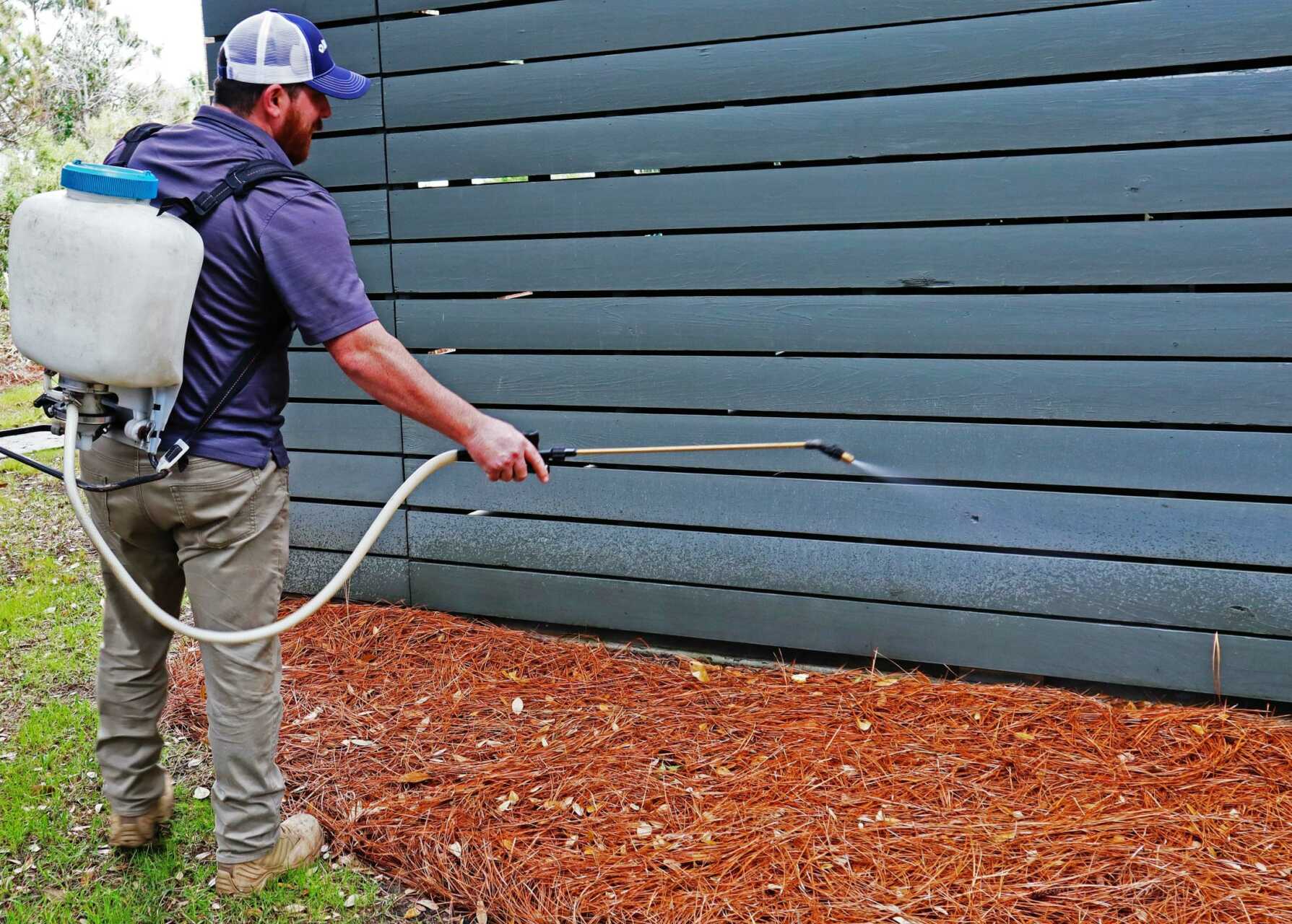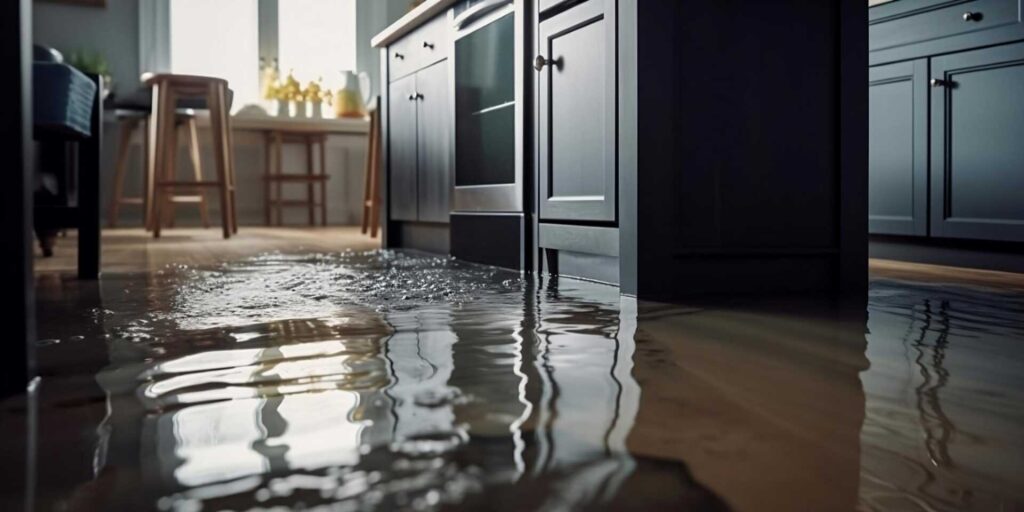Contents
When it comes to managing pests in your home, exploring eco-friendly DIY solutions can offer a revitalizing approach. By incorporating natural repellents and environmentally conscious techniques, you can effectively combat unwanted critters without compromising your health or the environment. From essential oils to homemade traps, many options are available for you to explore. So, why not take a step towards a greener and more harmonious living space by considering these practical and eco-friendly pest control methods?
Natural Repellents
Looking for efficient and environmentally friendly ways to keep pests away in your home? Natural deterrents can be a great solution. These substances are derived from plants and minerals, making them safe for you, your family, and the environment. Let’s explore some of the most effective natural deterrents you can use to ward off pests.
Peppermint oil is a potent natural deterrent that works wonders against spiders, ants, and even mice. Its strong aroma disturbs the pests’ ability to communicate and navigate, driving them away from your home. Simply mix a few drops of peppermint oil with water in a spray bottle and apply it along entry points and areas where pests are frequent.
Another excellent natural deterrent is diatomaceous earth, a fine powder made from fossilized algae. This substance is highly effective against insects with exoskeletons, like ants, cockroaches, and bed bugs. Diatomaceous earth works by dehydrating the pests, ultimately leading to their demise. Sprinkle this powder in cracks, crevices, and other hiding spots to keep these pests away.
Furthermore, vinegar is a versatile natural deterrent that can deter various pests, including fruit flies, ants, and spiders. Its strong, acidic nature disturbs the pests’ senses and masks their pheromone trails, making your home less attractive to them. Mix equal parts of vinegar and water in a spray bottle and apply it in problem areas to repel pests effectively. By incorporating these natural deterrents into your pest control routine, you can create a safe and eco-friendly environment for you and your loved ones.
Beneficial Insects
Beneficial insects play an essential role in maintaining ecological balance and controlling pest populations in various ecosystems. These insects are a natural and eco-friendly way to manage pests without the use of harmful chemicals. By attracting and supporting beneficial insects in your garden or home, you can create a balanced ecosystem that helps to keep pest populations in check. Here are some common beneficial insects and the pests they control:
| Beneficial Insect | Pests Controlled |
|---|---|
| Ladybugs | Aphids, mealybugs |
| Lacewings | Aphids, caterpillars |
| Praying Mantis | Flies, mosquitoes |
| Ground Beetles | Snails, slugs |
| Hoverflies | Aphids, thrips |
Ladybugs, for example, are known to devour aphids, which can be destructive to plants. Lacewings feed on aphids and caterpillars, helping to protect your garden from damage. Praying mantises are skilled hunters and can consume flies and mosquitoes, reducing their numbers around your home. Ground beetles and hoverflies are also valuable allies in pest control.
Essential Oils
Essential oils are a popular choice for DIY pest control due to their natural repellent properties. Certain oils like peppermint, lavender, and eucalyptus are known to deter insects such as ants, mosquitoes, and spiders. Mixing these essential oils with water and a bit of dish soap can create a simple yet effective homemade spray to keep pests at bay.
Natural Repellent Options
Amidst the quest for effective pest control solutions, natural repellents have emerged as a promising alternative, particularly utilizing essential oils. Essential oils, derived from plants, contain compounds that insects often find repugnant.
Here are three natural repellent options you can consider using to keep pests at bay:
Lavender Oil: Known for its calming scent to humans, lavender oil is a potent repellent for insects like mosquitoes, flies, and moths. Its floral aroma acts as a deterrent, making it an excellent choice for warding off unwanted pests.
Peppermint Oil: The strong, minty scent of peppermint oil is effective in repelling spiders, ants, and even mice. Its intense fragrance hinders the insects’ ability to locate food sources and navigate, driving them away from your home.
Eucalyptus Oil: With its distinct menthol-like fragrance, eucalyptus oil is a powerful insect repellent, particularly against mosquitoes and ticks. Its strong odor overwhelms their senses, deterring them from invading your living spaces.
Aromatherapy Benefits
Within the field of aromatherapy, essential oils play a pivotal role in providing therapeutic benefits through their aromatic properties. These oils are extracted from plants and carry concentrated scents that can impact our physical and emotional well-being.
When it comes to pest control, certain essential oils have been found to act as natural repellents against insects like mosquitoes, ants, and flies. For example, citronella oil is known for its ability to ward off mosquitoes due to its strong citrus fragrance.
Peppermint oil, with its potent menthol scent, can deter spiders and ants. Lavender oil, celebrated for its calming aroma, is effective in repelling moths and fleas.
The use of essential oils in aromatherapy for pest control not just helps in keeping unwanted bugs at bay but also contributes to creating a pleasant and soothing environment in your home.
DIY Oil Spray
When looking to combat pests in your home, creating a DIY oil spray using essential oils can be a highly effective and natural solution. Essential oils have been known for their pest-repelling properties, making them a popular choice for eco-conscious homeowners. Here’s how you can make your own DIY oil spray:
Choose Your Essential Oils: Opt for oils like peppermint, citronella, or lavender, known for their ability to repel a variety of pests.
Mixing Ratios: Dilute the essential oils with water or a carrier oil like almond or jojoba oil. A typical ratio is 10-15 drops of essential oil per 2 ounces of water or carrier oil.
Application: Transfer the mixture to a spray bottle and apply it to entry points, windowsills, and other areas where pests may enter your home.
DIY Traps
To effectively trap pests in your home, consider setting up homemade bait stations that lure them in with irresistible treats. These stations can be strategically placed in areas where pests are commonly found, increasing the chances of capturing them.
Additionally, using natural repellent sprays can help deter pests from entering your living spaces in the first place.
Homemade Bait Stations
Crafting homemade bait stations can be an effective method for controlling pests in your home. These DIY traps are simple to make and can help in managing unwanted critters without resorting to harmful chemicals. Here are three items to take into account when creating homemade bait stations:
Container Selection: Opt for a sturdy container such as a small plastic tub with a lid to ensure durability and prevent spillage.
Bait Choice: Select baits that are appealing to the specific pest you’re targeting, like peanut butter for rodents or sugar water for ants.
Placement: Strategically place the bait stations near entry points or areas where pests are commonly seen to enhance their effectiveness.
Natural Repellent Sprays
To build on your pest control efforts, natural repellent sprays offer a proactive approach in keeping unwanted pests at bay. These DIY solutions are effective and also environmentally friendly. By harnessing the power of essential oils and other natural ingredients, you can create safe repellent sprays for your family and pets.
| Natural Repellent Sprays | Ingredients |
|---|---|
| Peppermint Oil | Distilled Water |
| Tea Tree Oil | White Vinegar |
| Eucalyptus Oil | Dish Soap |
| Citrus Oil | Alcohol |
| Lavender Oil | Cayenne Pepper |
These ingredients are known for their pest-repelling properties and can be combined to create potent sprays that deter a wide range of insects. Simply mix the essential oils with water, vinegar, and a bit of dish soap to create your DIY natural repellent spray. Apply these sprays around entry points, windows, and other areas where pests may enter to create a barrier that keeps them away.
Vinegar Sprays
A key DIY solution for pest control in homes involves utilizing vinegar sprays. Vinegar, with its acetic acid content, acts as a potent repellent against many common household pests. When preparing vinegar sprays for pest control, consider the following:
Ants: Mix equal parts of water and vinegar in a spray bottle and apply it along ant trails and entry points. The strong odor of vinegar disturbs their pheromone trails, deterring them from entering your home.
Fruit Flies: Create a trap by filling a small bowl with apple cider vinegar and a few drops of dish soap. The fruit flies are attracted to the vinegar but get trapped in the soapy solution, preventing them from flying away.
Spiders: Combine water and vinegar in a 1:1 ratio and spray it in areas where spiders frequent. The acidic nature of vinegar is effective in repelling spiders without harming them.
Vinegar sprays offer a natural and eco-friendly approach to pest control, ensuring a safer environment for your family and pets. By incorporating vinegar into your DIY pest control routine, you can effectively manage common household pest issues while promoting sustainability within your home.
Boric Acid Uses
When dealing with pest infestations in homes, boric acid emerges as a highly effective and versatile tool for pest control. Boric acid is a naturally occurring compound that’s derived from boron, a mineral found in rocks, soil, and water. This white powder works by disturbing the digestive system of insects, ultimately leading to their demise.
One of the primary uses of boric acid is in combating cockroach infestations. You can effectively eliminate these unwanted pests by sprinkling boric acid in areas where cockroaches frequent, such as under sinks, behind appliances, and along baseboards. The cockroaches are attracted to the boric acid, ingest it, and eventually die.
Moreover, boric acid can also control ants, silverfish, and other crawling insects. You can attract these insects and eradicate them from your home by creating a boric acid bait using sugar and water.
Additionally, boric acid can be applied in cracks and crevices to create a barrier that prevents pests from entering your living spaces.
Garlic and Pepper Mix
Embedded within the domain of do-it-yourself pest control solutions for homes lies the potent concoction of garlic and pepper mix. This natural remedy harnesses the power of two common kitchen ingredients to ward off unwanted pests in an enduring and effective manner.
When combined, garlic and pepper create a pungent scent and taste that insects find repulsive, making your home an undesirable habitat for them. Here are three key ways in which the garlic and pepper mix can help you combat pests:
Repellent Properties: The strong odor of garlic combined with the spiciness of pepper acts as a powerful repellent against various pests such as ants, spiders, and even some rodents. This natural scent barrier deters insects and critters from entering your living spaces.
Non-Toxic Solution: Unlike chemical pesticides that can be harmful to your family and pets, the garlic and pepper mix offers a non-toxic alternative for pest control. You can use this solution with peace of mind, knowing that it’s safe for your loved ones and the environment.
Easy Application: Creating the garlic and pepper mix is a simple process that requires minimal ingredients and effort. By spraying or sprinkling this mixture around entry points and potential pest hotspots, you can create a barrier that pests will avoid, keeping your home pest-free.
Homemade Bug Sprays
Within the world of DIY pest control solutions, homemade bug sprays stand out as a practical and cost-effective method to combat unwanted insects in your home. These sprays are often made using natural ingredients that are readily available in most households, making them an attractive option for those looking to avoid harsh chemicals.
One popular homemade bug spray recipe involves combining water, vinegar, and essential oils such as peppermint, eucalyptus, or lavender. These oils contain compounds that are known to repel insects like mosquitoes, ants, and flies.
To create your homemade bug spray, start by mixing equal parts water and vinegar in a spray bottle. Add around 10-20 drops of your chosen essential oil, depending on the intensity you desire. Shake the bottle well to make sure the ingredients are thoroughly combined.
This bug spray can be used around entry points, windows, and other areas where insects may enter your home. The strong scent of the essential oils will discourage bugs from coming inside without causing harm to humans or pets.
Homemade bug sprays offer a sustainable and environmentally friendly alternative to commercial insecticides. By using natural ingredients, you not only protect your home from pests but also contribute to a healthier environment for all. Experiment with different essential oils to find the best bug spray recipe for your home.
Recap
These eco-friendly DIY pest control solutions will transform the way you manage unwanted insects in your home. By utilizing natural repellents, essential oils, and homemade traps, you can establish a stronghold against pests that is both efficient and eco-conscious. Bid farewell to harmful chemicals and welcome a more sustainable, healthier living environment. Embrace these techniques and observe as your home evolves into a haven devoid of bothersome intruders.




